Microsoft recently revealed the specs for its Xbox Project Scorpio, so we thought it would be fun to build a PC inspired by the company’s upcoming console. While we won’t be able to recreate the system exactly using off-the-shelf PC parts, since Microsoft uses heavily customized components, it helps that the Project Scorpio is based on the PC’s x86 architecture. We’re also going to benchmark our rig to get a rough approximation of how games might run on Project Scorpio.
Walking You Through Our Xbox Project Scorpio PC Build
Our Xbox Project Scorpio build is actually going to be very similar to our PS4 Pro-inspired PC we built last September. Our new graphics card, the AMD Radeon RX 580, is the most significant change, and because it’s more powerful than the RX 480 we used in our PS4 Pro-inspired PC, we’re also upgrading our power supply. Let’s take a look at all of our components.
Graphics Card
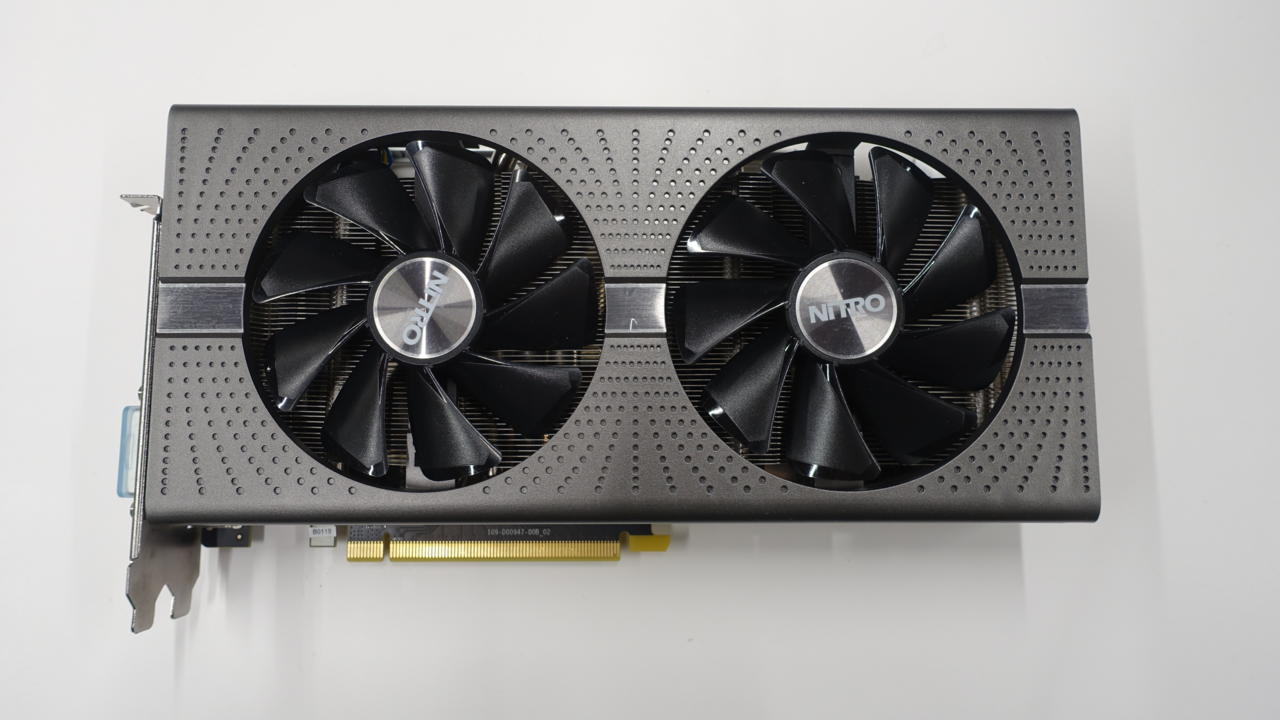
Project Scorpio uses a six teraflop GPU based on AMD’s Polaris architecture. Considering AMD’s recently released Radeon RX 580 is a 6.1 teraflop graphics card that’s also based on Polaris, we think it’s a great fit for our build here. These GPUs aren’t exactly the same, mind you. Project’s Scorpio uses an integrated graphics solution that offers 2569 shaders, which is more than the RX 580’s equivalent 2304, but the RX 580 has a higher 1257MHz core clock, and tops the console’s 1172MHz speed.
Microsoft’s upcoming console has 12GB of GDDR5 RAM, but only eight gigabytes of it is relegated to the GPU (For reference, the PS4 Pro has 8GB of GDDR5 RAM total). Fortunately for our purpose, the RX 580 graphics card is also equipped with 8GB of GDDR5 video memory. This helps us achieve VRAM parity. Finally, both GPUs also support 4K, HDR, and HDMI 2.0.
Diablo 4 | Loot Reborn | Gameplay Trailer Dead By Daylight | Official Castlevania Teaser Trailer Project T (New Dead By Daylight World Game) | A First Look The Casting Of Frank Stone | Official Story Gameplay Trailer Dead By Daylight X Dungeons & Dragons | Official Cinematic Reveal Trailer Dread Delusion 1.0 Launch Trailer Robobeat | Official Launch Trailer Stumble Guys - Official PlayStation Launch Trailer Samurai Warriors 4 DX - Steam Launch Trailer Valheim: Ashlands - Official Animated Release Trailer Homeworld 3 | Official Launch Trailer Stellar Blade - Accolades Trailer | PS5 Games
Please enter your date of birth to view this video
By clicking 'enter', you agree to GameSpot's
Terms of Use and Privacy Policy
Central Processing Unit
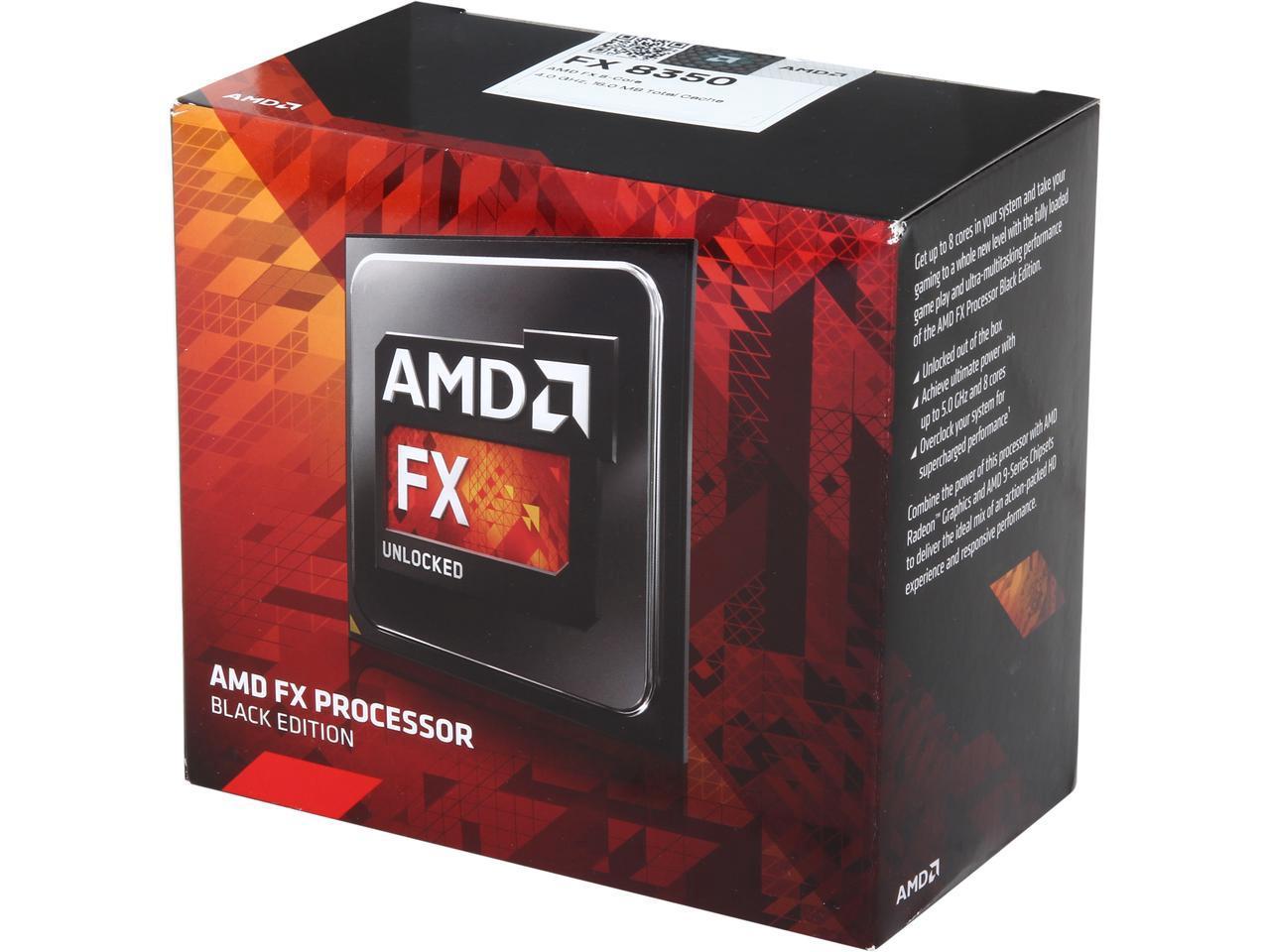
Project Scorpio uses a heavily-custom eight-core AMD CPU. Reports suggest that it’s not based on AMD’s more recent eight-core Ryzen processors, but are more similar to the company’s Jaguar-based accelerated processing units. On the PC side of things, APUs usually take the form of more entry-level dual or quad-core processors that trade in CPU performance for a little more integrated graphics power, but considering we’re using a dedicated video card, we won’t be tapping into any integrated graphics.
This means choosing an equivalent CPU isn’t easy, but we do think there is a compelling case for AMD’s 2012-released FX-8350 CPU, which released right around the company’s Jaguar-based APUs. Like Project Scorpio’s system-on-a-chip (SOC), the FX-8350 offers eight CPU cores. While most games aren’t optimized to use more than four cores, Microsoft says that it's burgeoning DirectX 12 API will be able to leverage more CPU cores in games that take advantage of it.
The FX-8350 4GHz core clock speed does make it faster than Project Scorpio’s 2.3GHz frequency, but considering our computer has to run a full-fledged desktop operating system (Windows 10) on top of the games, there’s a case for having some extra processing power here.
Cooler

Microsoft hasn’t always used the best coolers (Xbox 360, we’re looking at you). While Project Scorpio doesn’t use a fancy water cooler, Microsoft asserts that its upcoming console uses a high-end vapor-chamber cooler, which will help keep the console cool and quiet. Though the FX-8350 comes with a stock cooler, it’s anything but premium, and often sounds like a leaf blower. To help us achieve a little parity in the cooling department, we went with AMD’s higher-end Wraith air cooler.
Motherboard
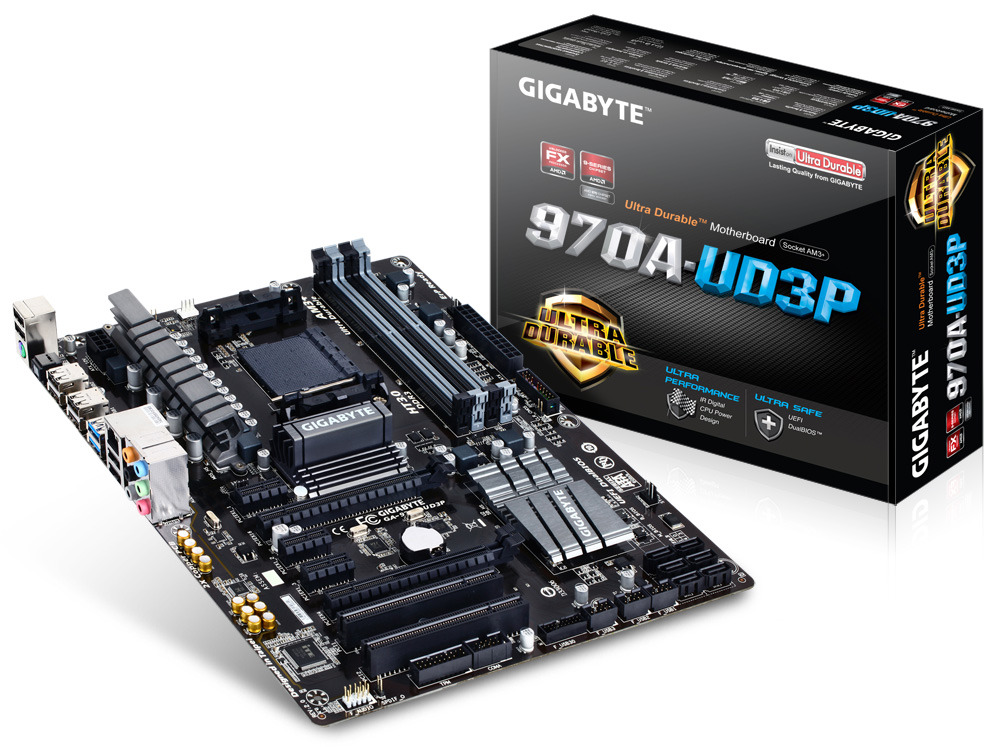
For our motherboard, we went with Gigabyte’s 970A-UD3P, which offers the AMD AM3+ socket support we need for our CPU. It also offers high quality audio capacitors coupled with an audio noise guard, which should help us get close to parity with Microsoft’s claim that Project Scorpio will offer high quality audio.
RAM

Compared to traditional PCs, Project Scorpio’s RAM setup is very unconventional. The console uses 12GB of GDDR5 memory, which is a RAM type that’s relegated to graphics cards in the PC space. Microsoft says that eight of the 12GB will be dedicated to Project Scorpio’s GPU.
PCs, on the other hand, use the slower DDR RAM that’s better at handling all-around computing tasks. Because we can’t use GDDR5 as system RAM, we opted to use 8GB of the slower DDR3 memory, which is clocked at 1600MHz. While you can argue we should use only 4GB of system RAM, because DDR3 is slower, coupled with the fact that our rig has a heavier desktop OS to carry, we figured 8GB of DDR3 represents a reasonable compromise.
For any respectable gaming PC, 4GB is not enough. In general, if you have a ton of RAM, it most likely won’t make your gaming PC any faster, but if you don’t have enough, it can create an unnecessary bottleneck. That’s something we wanted to avoid.
Storage
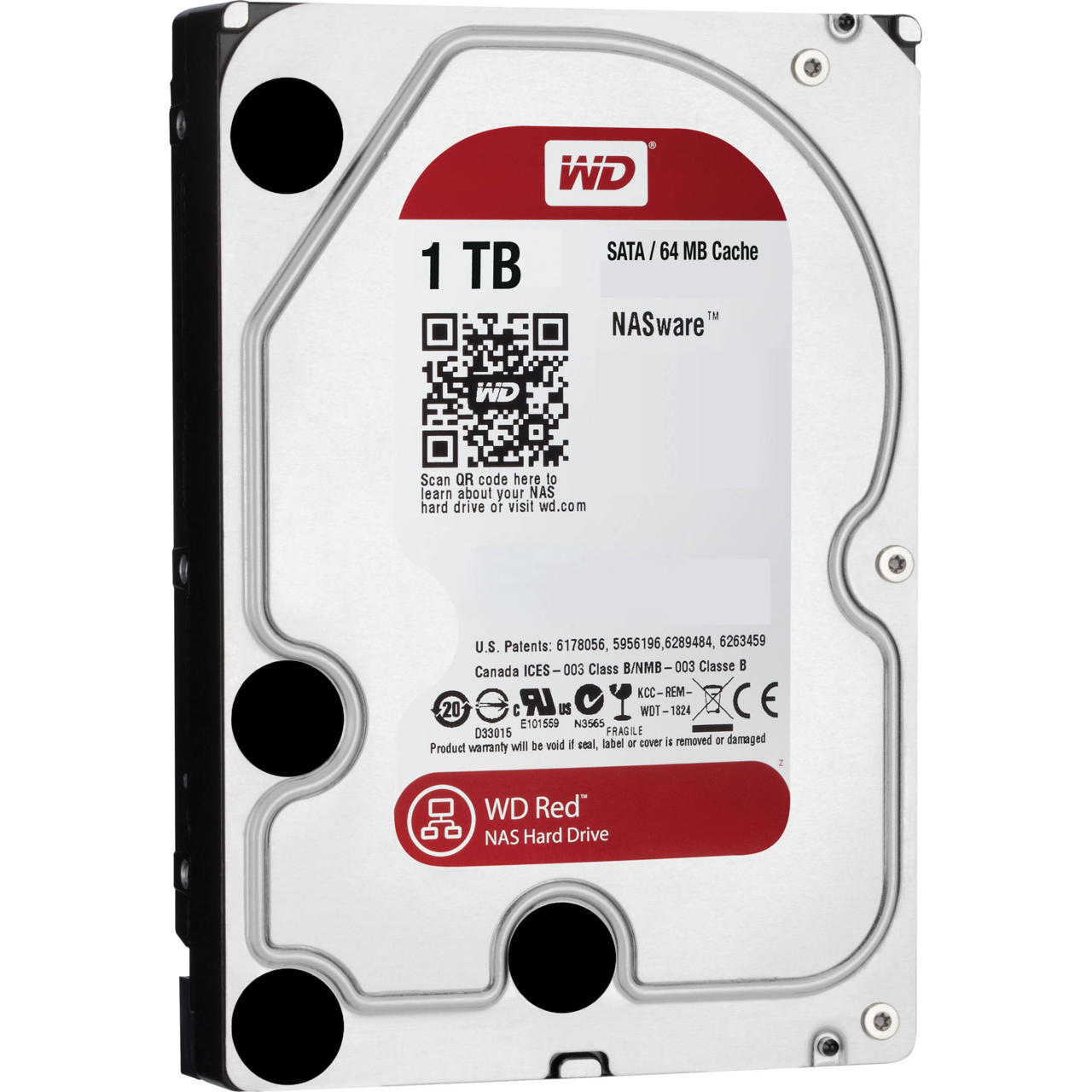
Project Scorpio will offer a one terabyte hard drive. Considering Microsoft’s Xbox One S featured a 5,400rpm solution, we’re going to assume that Project Scorpio’s HDD is going to be the same. As a result, we went with a 1TB 5,400rpm hard drive from Western Digital.
Power Supply
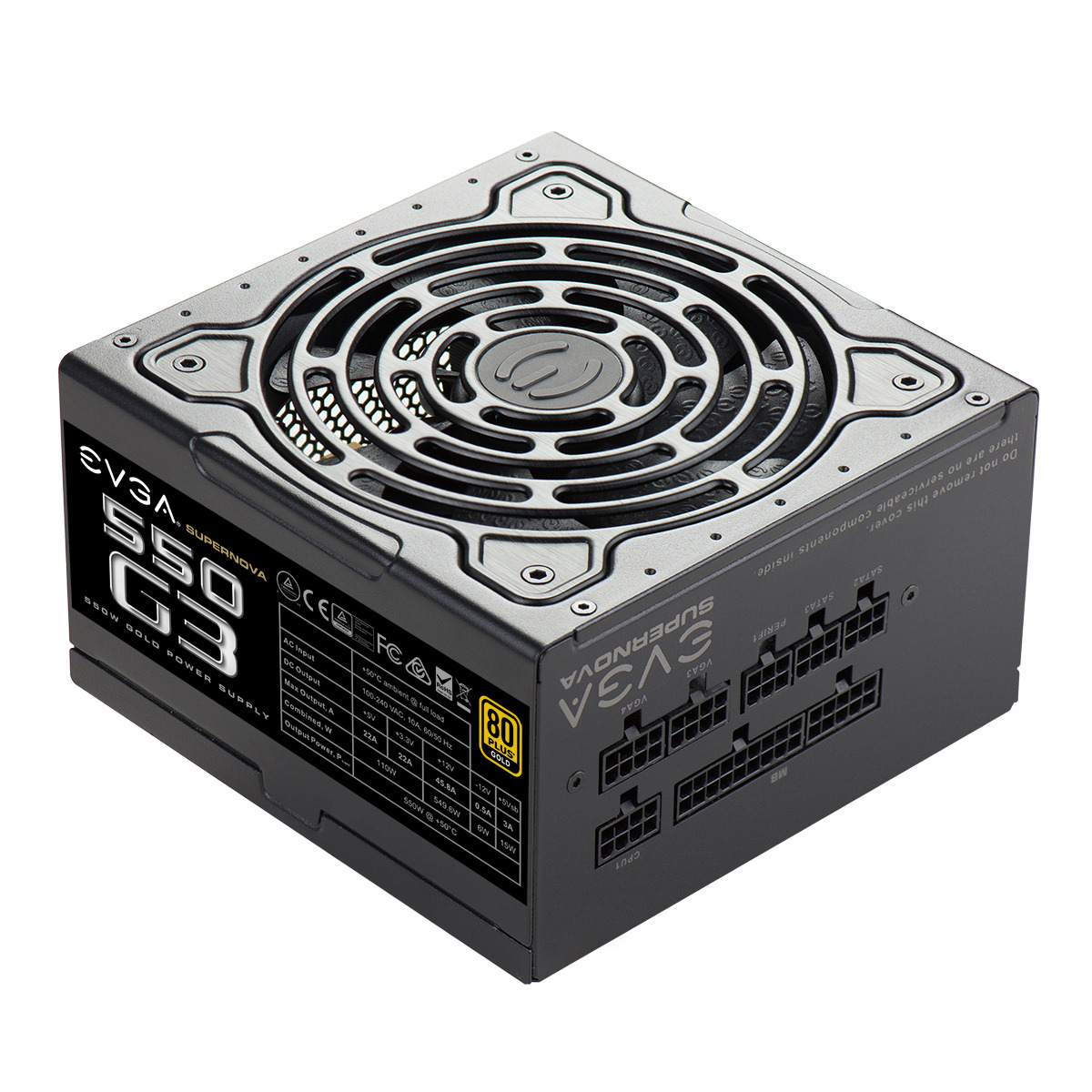
Project Scorpio will use a 245-watt integrated PSU that Microsoft asserts is very power-efficient. While our EVGA Supernova solution carries a noticeably higher 550-watt output, it offers enough juice to power our system. It, too, is also very power efficient with its 80 Plus Gold rating.
Case
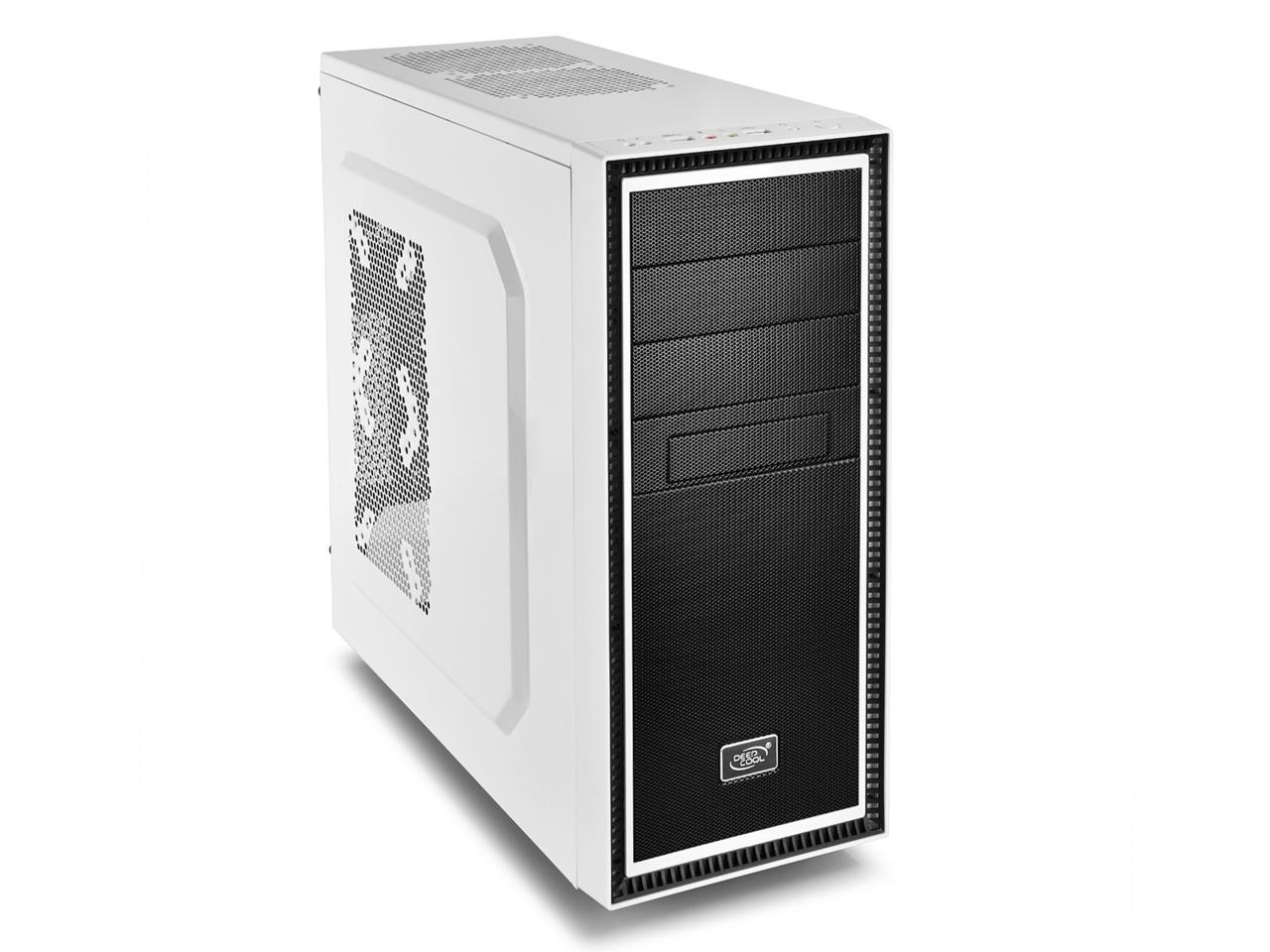
Right now, we don’t know what Microsoft’s upcoming console will look like exactly. Images of the developer kits make it look somewhat similar to the company’s Xbox One S console with its mostly white and black look. Our mid-tower Deepcool Tesseract case will probably be a bit larger than Project Scorpio’s chassis, but it offers enough space to house all of our components. Aesthetically, it’s also mostly white and black.
Spec Chart
GPU | AMD Radeon RX 580 | $275 |
CPU | AMD FX-8350 with Wraith cooler | $138.98 |
Motherboard | Gigabyte 970A-UD3P | $133.48 |
RAM | 8GB DDR3 1600MHz | $59.02 |
Storage | 1TB 5,400RPM WD HDD | $49.99 |
PSU | EVGA 550-watt 80-Plus Gold PSU | $84.99 |
Case | Deepcool Tesseract | $35.99 |
OS | Windows 10 | $99.99 |
Total | $877.44 |
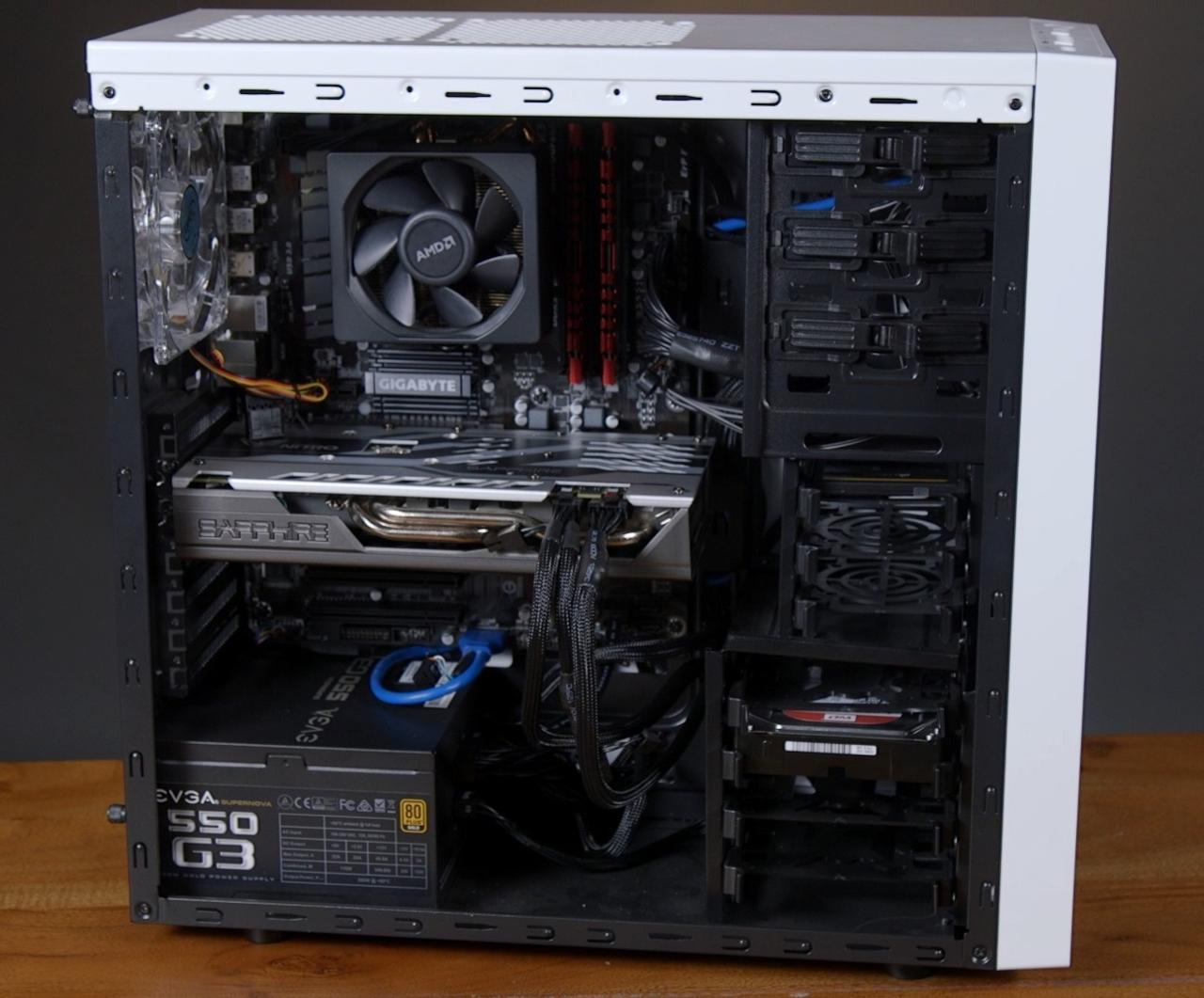
Benchmarks
Considering Microsoft is heavily touting Project Scorpio as a “true 4K” capable console, we wanted to test that claim. We chose half a dozen games available on both the PC and Xbox One, and analyzed how they performed across a wide variety of graphical presets at 4K resolution.
Forza Horizon 3
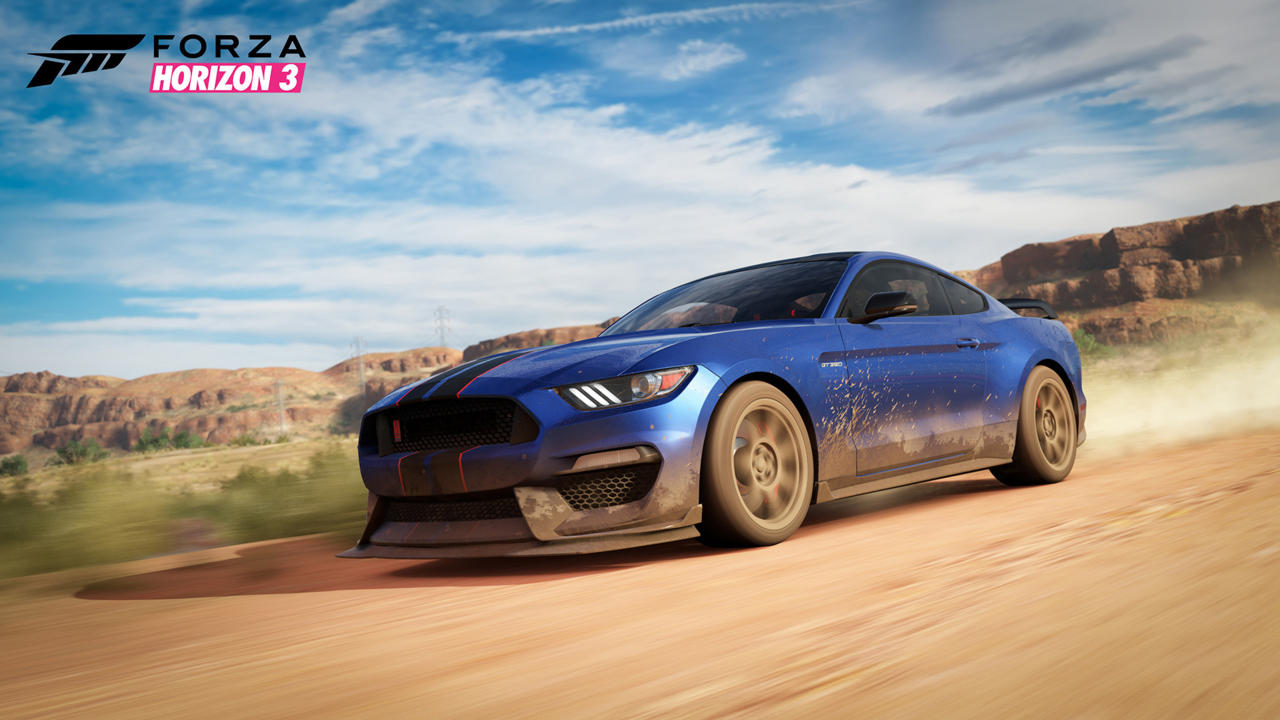
Microsoft worked with developer Turn 10 Studios to show off Project Scorpio running an unreleased build of Forza at 4K with a 60FPS framerate. While we don’t have access to that build, 2016’s Forza Horizon 3 is on the PC. When we ran the racing game at its ultra preset, it achieved a 35 average FPS. While it was playable, it didn’t hit the 60FPS mark. It wasn’t until we cranked the settings down to the low preset did we start to hit 60. And for whatever reason, we started to see a lot of in-game artifacting here, though that may reflect more on the PC port or AMD’s drivers than our system. It is important to note that Forza Horizon 3, with its open world setting, may not be truly representative of the build that Turn 10 recently produced. There’s also a chance that the developer has access to low level APIs that would make Project Scorpio run the game’s engine more efficiently.
Gears of War 4

Considering Gears of War is one of Microsoft’s leading exclusive franchises, it was a no-brainer for us to test Gears of War 4, which came out late last year. Fortunately, the PC port of the game has a built-in benchmark. When we ran Gears at its ultra preset at 4K, it achieved a 27 average FPS. Considering most people don’t consider anything below 30 FPS to be playable, we cranked the preset down to high. Here, it achieved a 37.5 average FPS, which crosses that playable threshold. The frame rate was also pretty consistent, so we can definitely see Project Scorpio running the game at 4K with these approximate settings. Unfortunately, we weren’t able to get the game running above 60 average FPS. Even on the lowest preset, where textures looked noticeably worse, the PC averaged just 53.8 FPS. This could speak to the quality of the PC port, but as it stands, unless Microsoft can make some significant optimizations, we doubt Project Scorpio will consistently hit 60FPS at 4K with Gears of War 4.
Overwatch
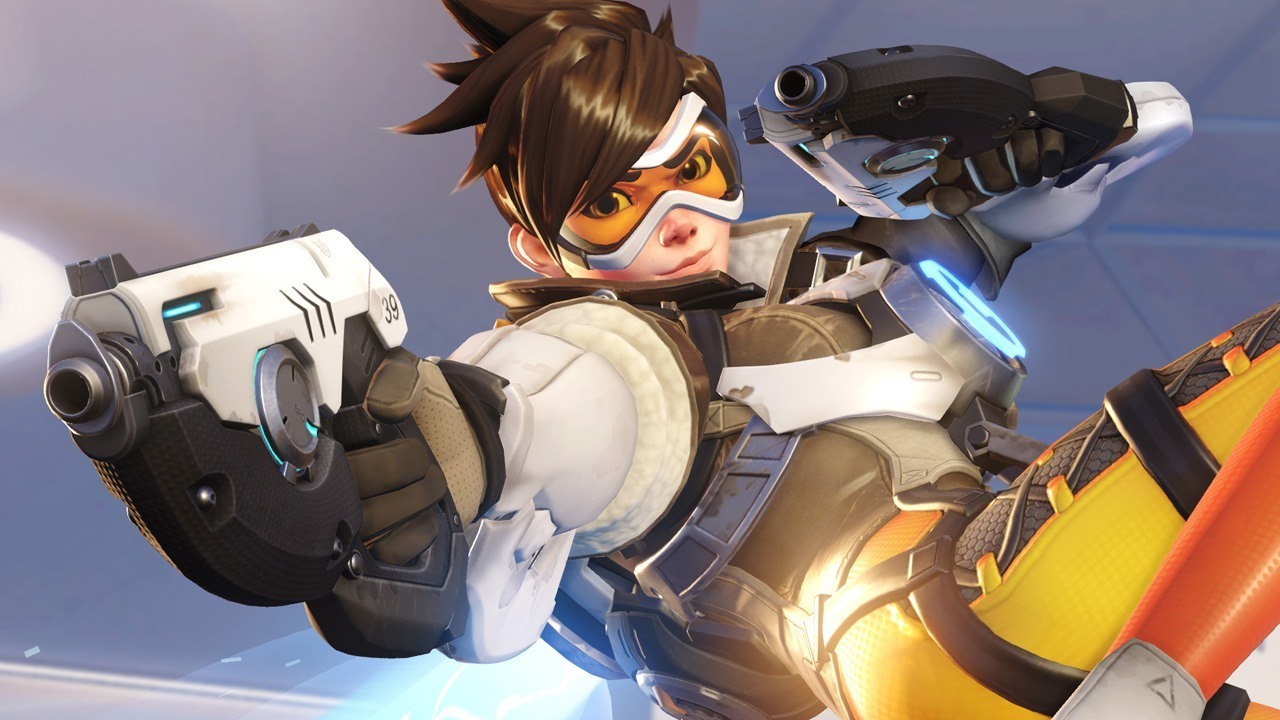
Overwatch is not very graphically demanding. When we ran Blizzard’s first-person shooter at its ultra preset, our rig averaged 64 FPS. It did hit a low of 44, however, but it was still highly playable overall. We can see Overwatch running in 4K at max settings, or something close to it, on Project Scorpio with smooth framerates.
Rise of the Tomb Raider
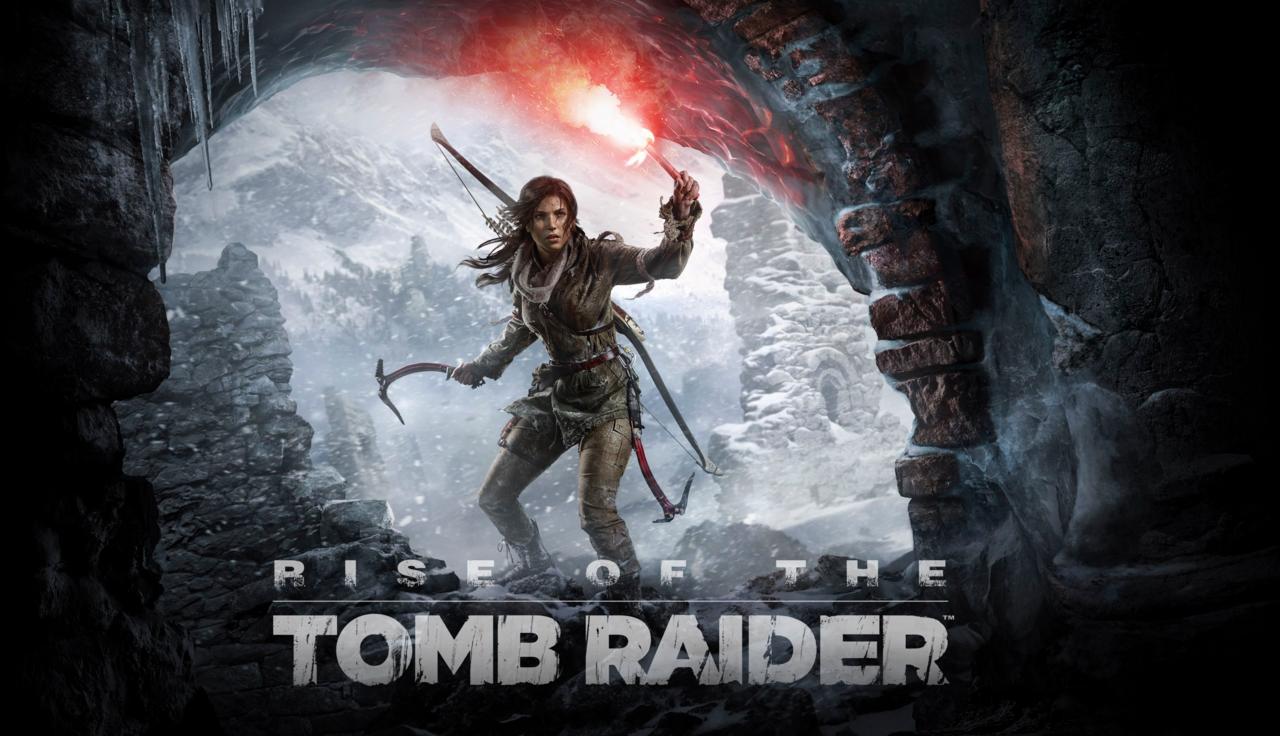
Rise of the Tomb Raider is one of the few PC games at the moment that support DX12. When we ran the game’s benchmark at its max preset with 4x anti-aliasing enabled, it averaged 12.2 FPS. That’s super choppy.
It’s important to note that AA is very graphically demanding and makes much less sense at 4K, where the ultra high resolution inherently mitigates most of the jaggies for you. When we disable AA and set the game to its high preset, our rig achieved a 36 average FPS, which is playable. When we lowered the preset to medium, the average frame rate went up to 40.6. Attempting to see if we could reach 60 average FPS at 4K, we turned the settings down to its lowest preset, where it averaged 50.8 FPS. This makes us think Project Scorpio probably won’t run Rise of the Tomb Raider at 60 FPS. If we had to guess, it will probably target around 30 FPS with graphical fidelity set somewhere between high and medium.
Fallout 4
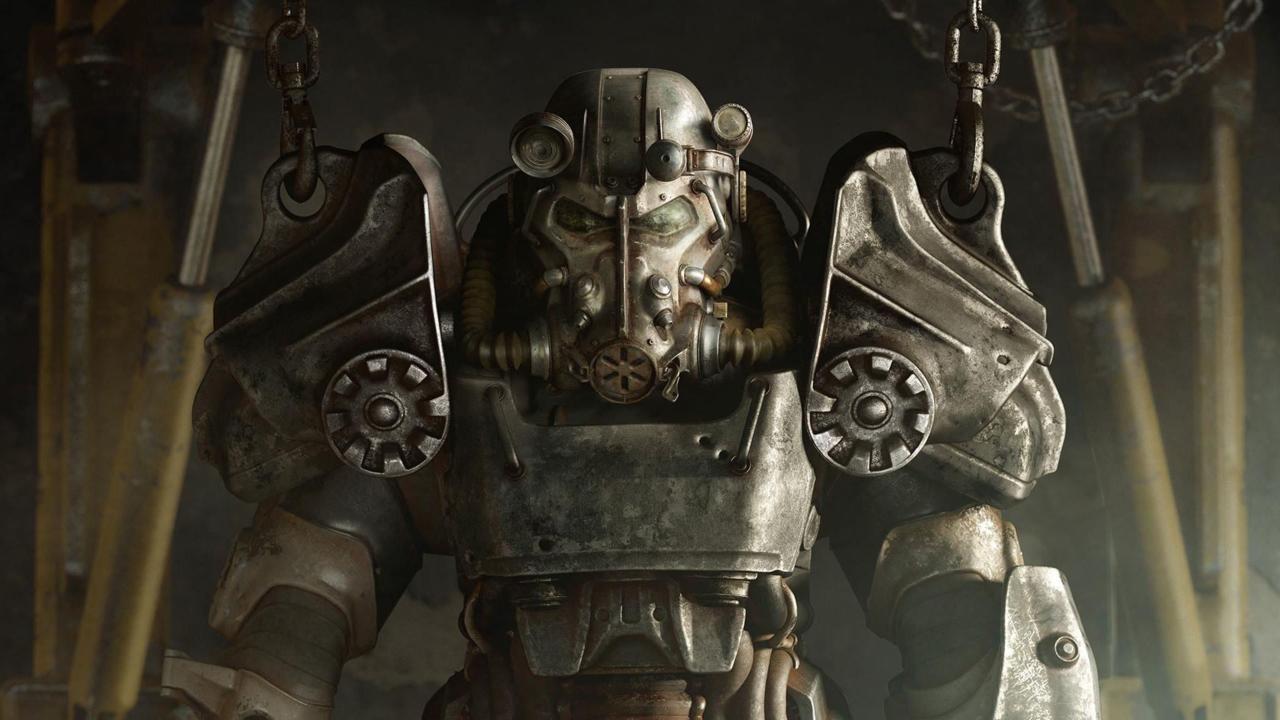
At Microsoft's E3 press conference last year, we saw Fallout 4 featured in Project Scorpio’s announcement video, so we wanted to benchmark Bethesda’s open-world RPG on our rig. When we ran the game at its highest preset, it achieved a 39.2 average FPS. It did dip below the 30FPS playable threshold with a low of 28, however. When we disabled anti-aliasing at 4K, the average rose to 45.3 and the game never dipped below 39 FPS. This makes us believe that Project Scorpio can almost max out Fallout 4 shy of a few sensible performance tweaks. Could our rig handle the game at 60FPS? Yes, but we had to turn down the settings to the game’s lowest preset to accomplish this.
VR benchmark
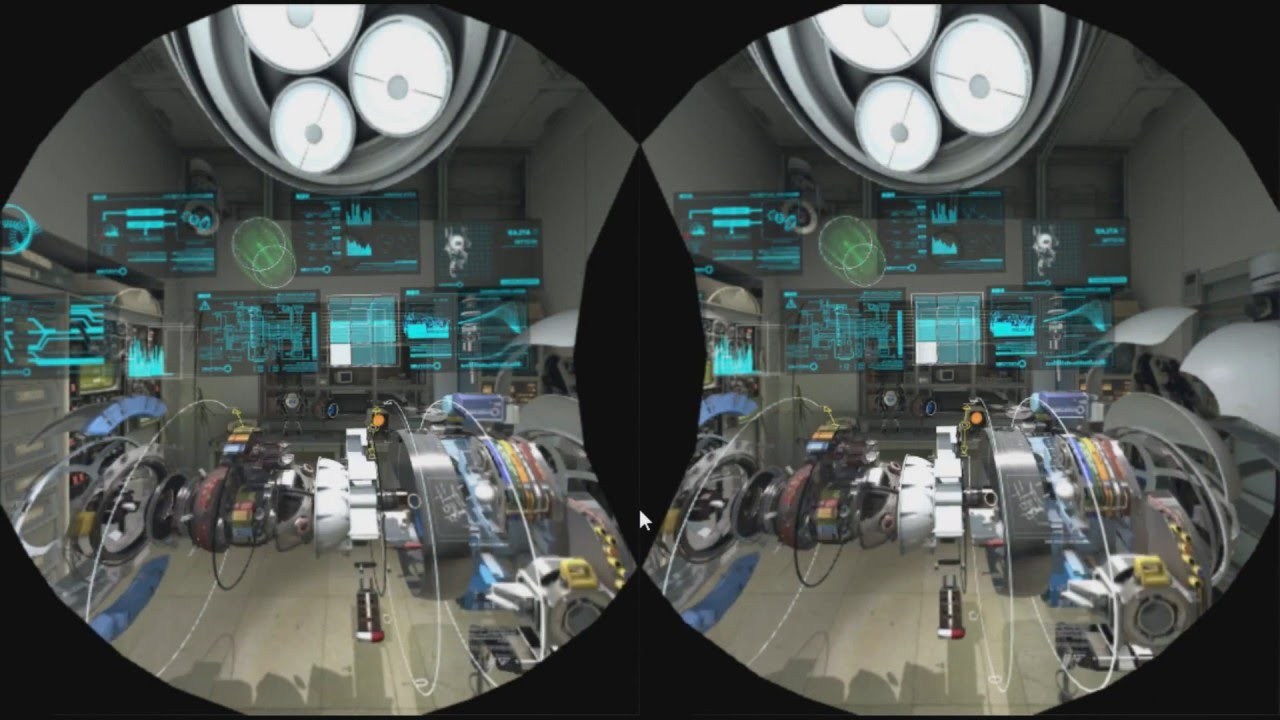
Microsoft also asserts that Project Scorpio is a console that’s capable of delivering “high fidelity” VR, so we put it through the SteamVR benchmark. Here, it scored a “high” 7.4 score. According to Valve, this classifies it as “VR-ready” rig.
Conclusion
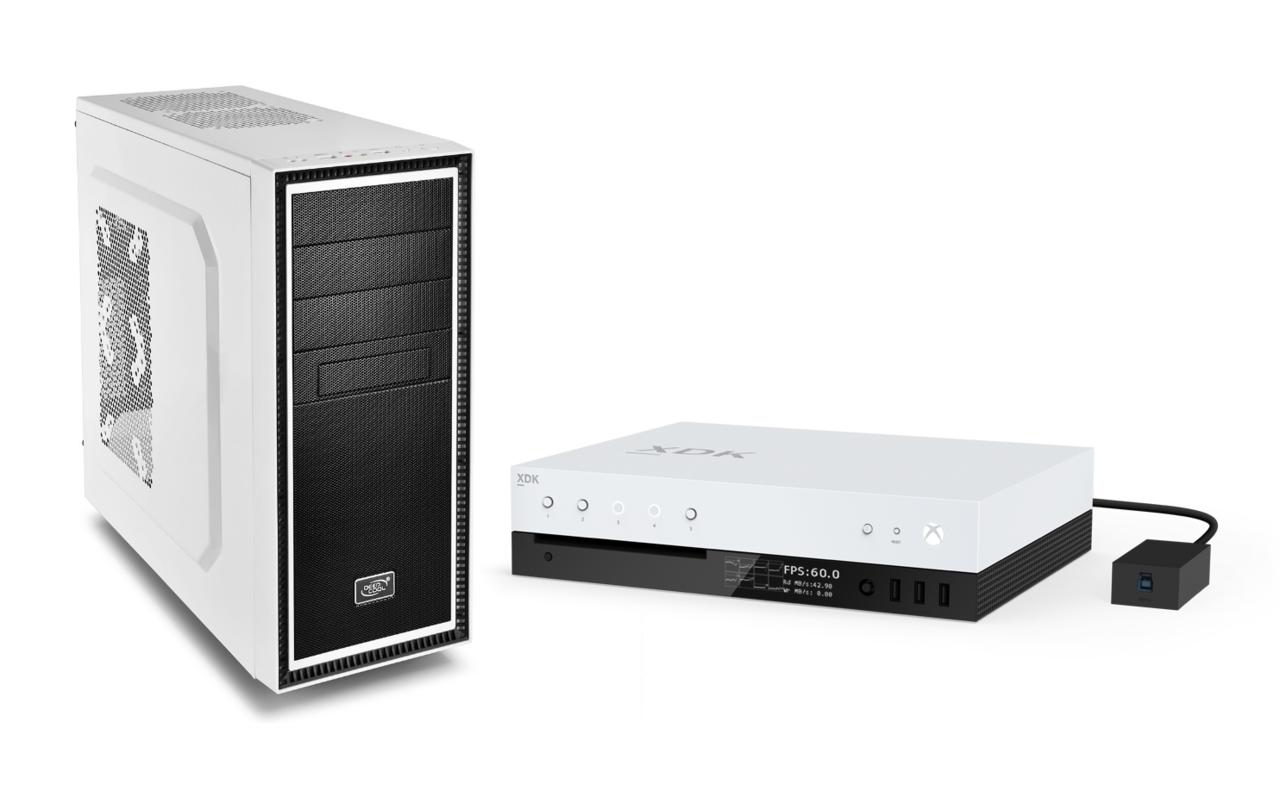
Due to hardware and software limitations, you shouldn’t expect our Project Scorpio-inspired PC to run exactly like Microsoft’s upcoming console, but we think there are enough sensible similarities here that should give us a rough ballpark figure of performance. Analyzing the results of our Project Scorpio surrogate, we can see Microsoft’s forthcoming system running games at 4K, though it’s likely that all games won’t run at 60FPS, or will have to make some graphical fidelity compromises.
